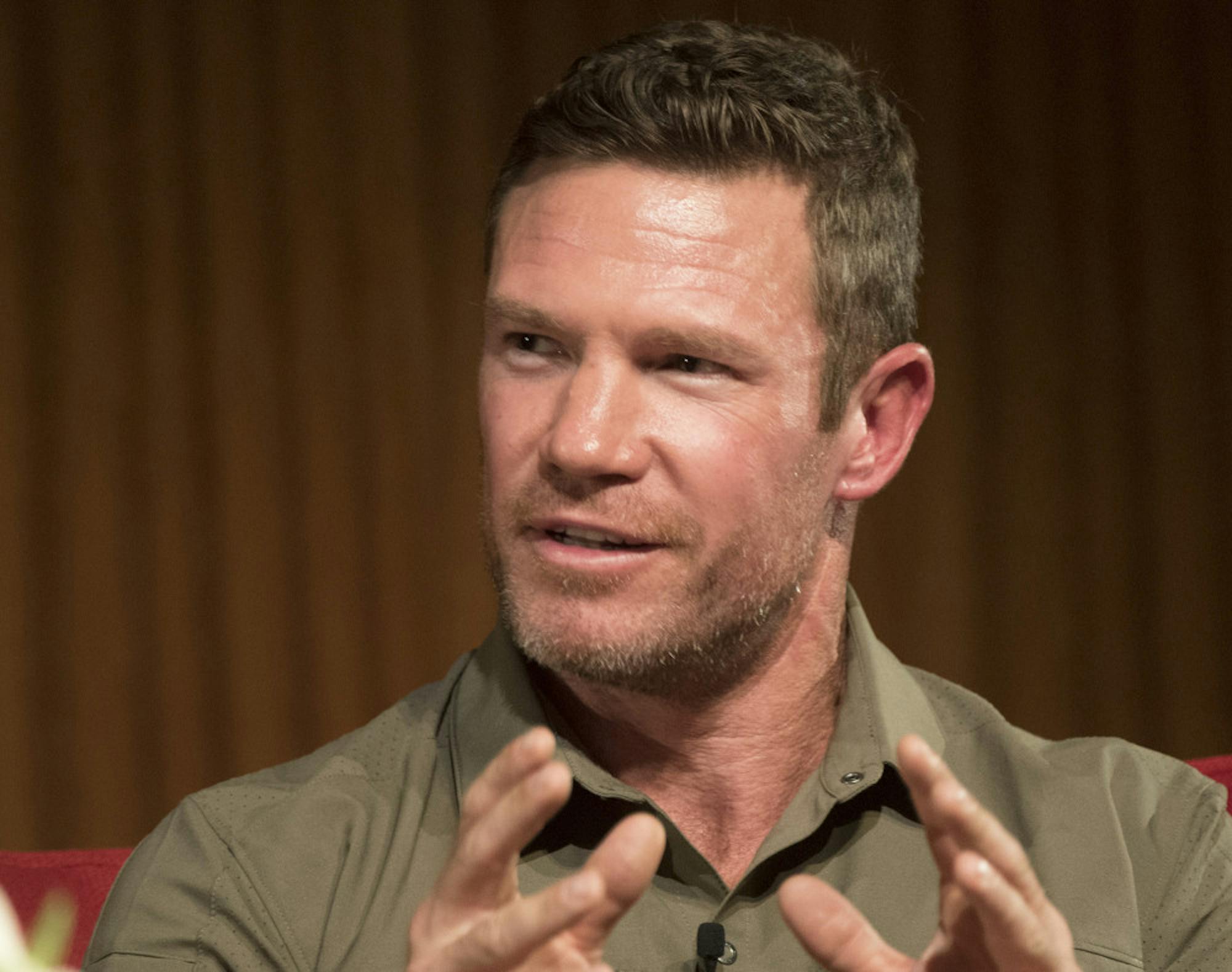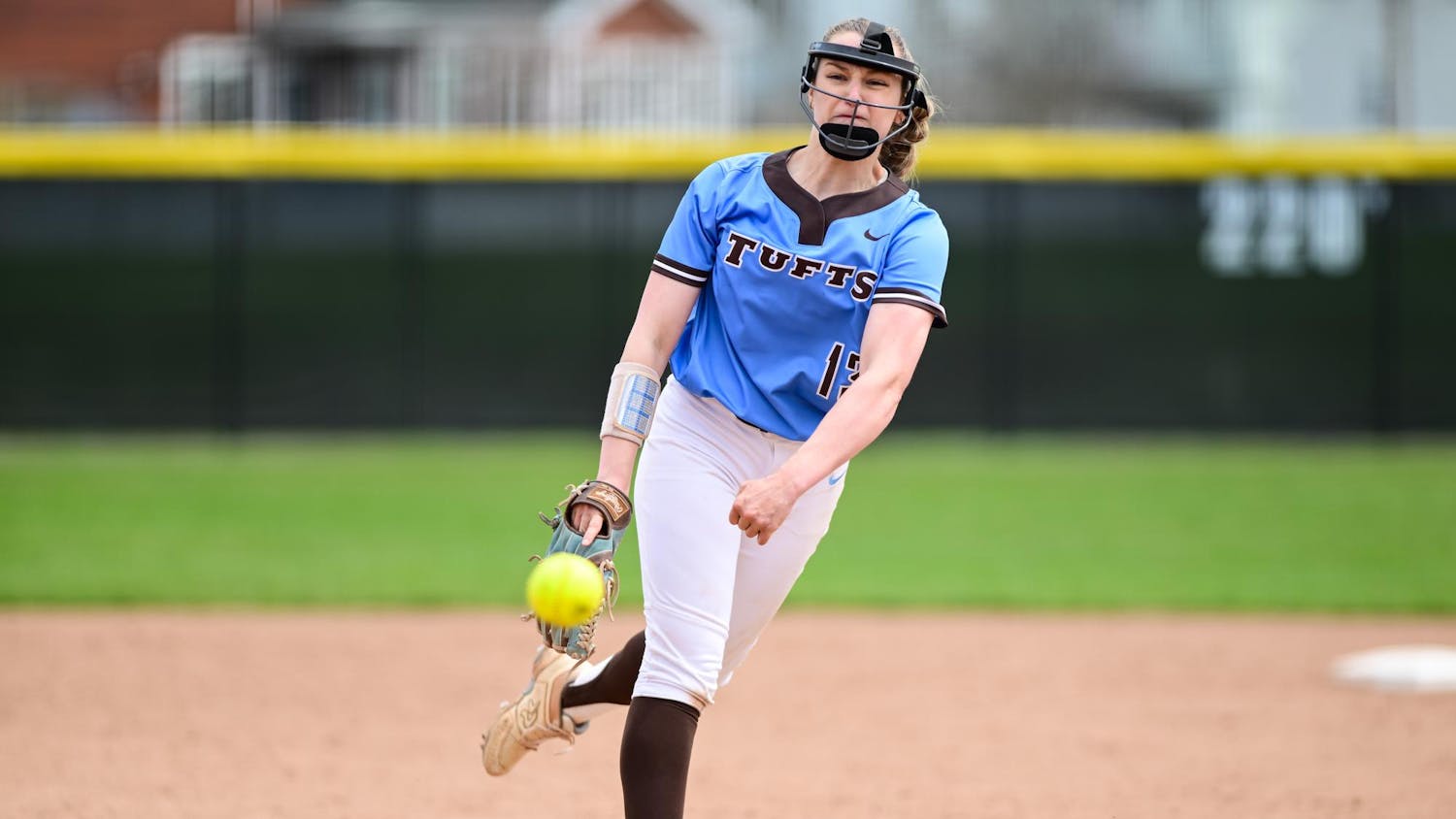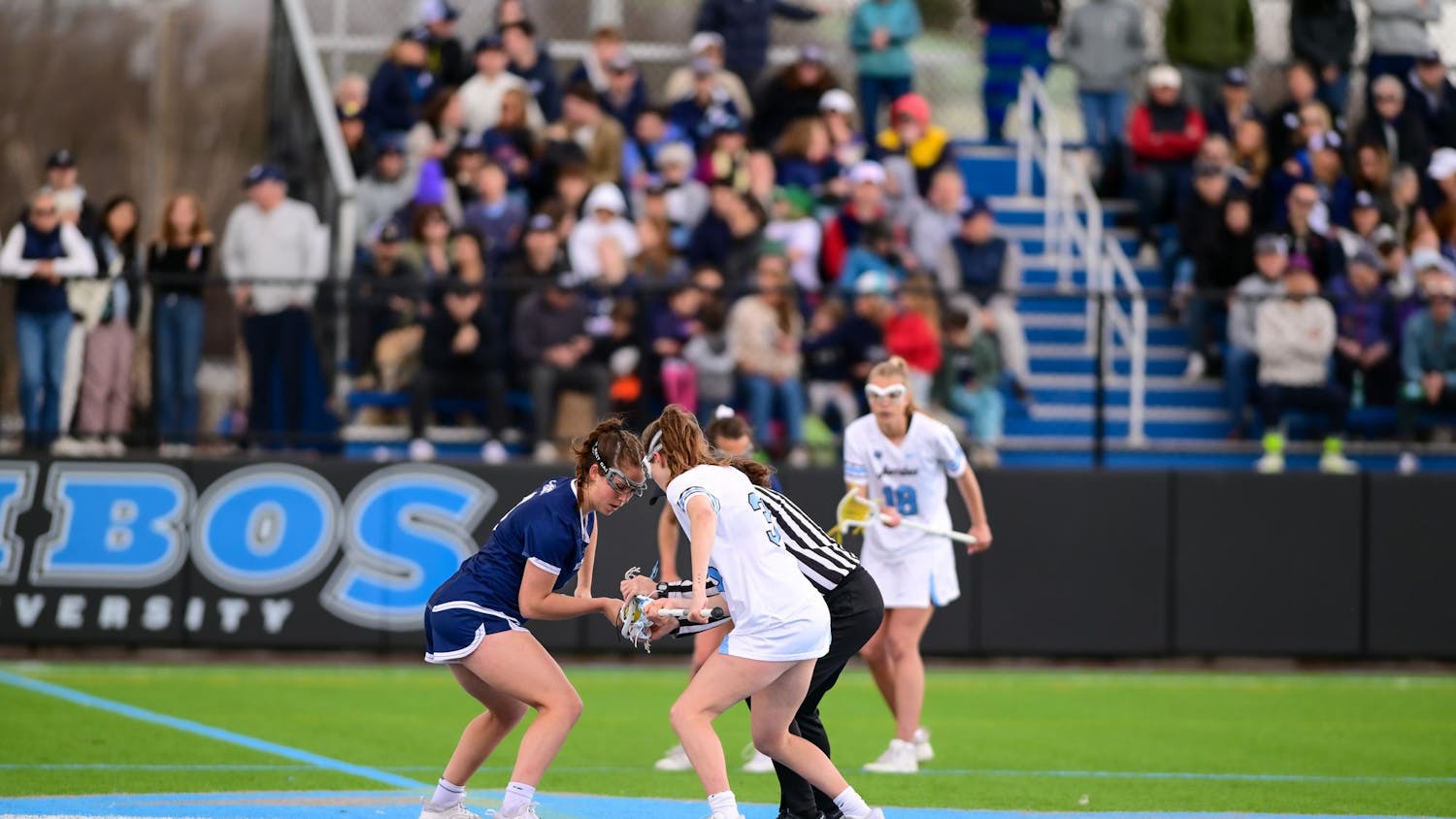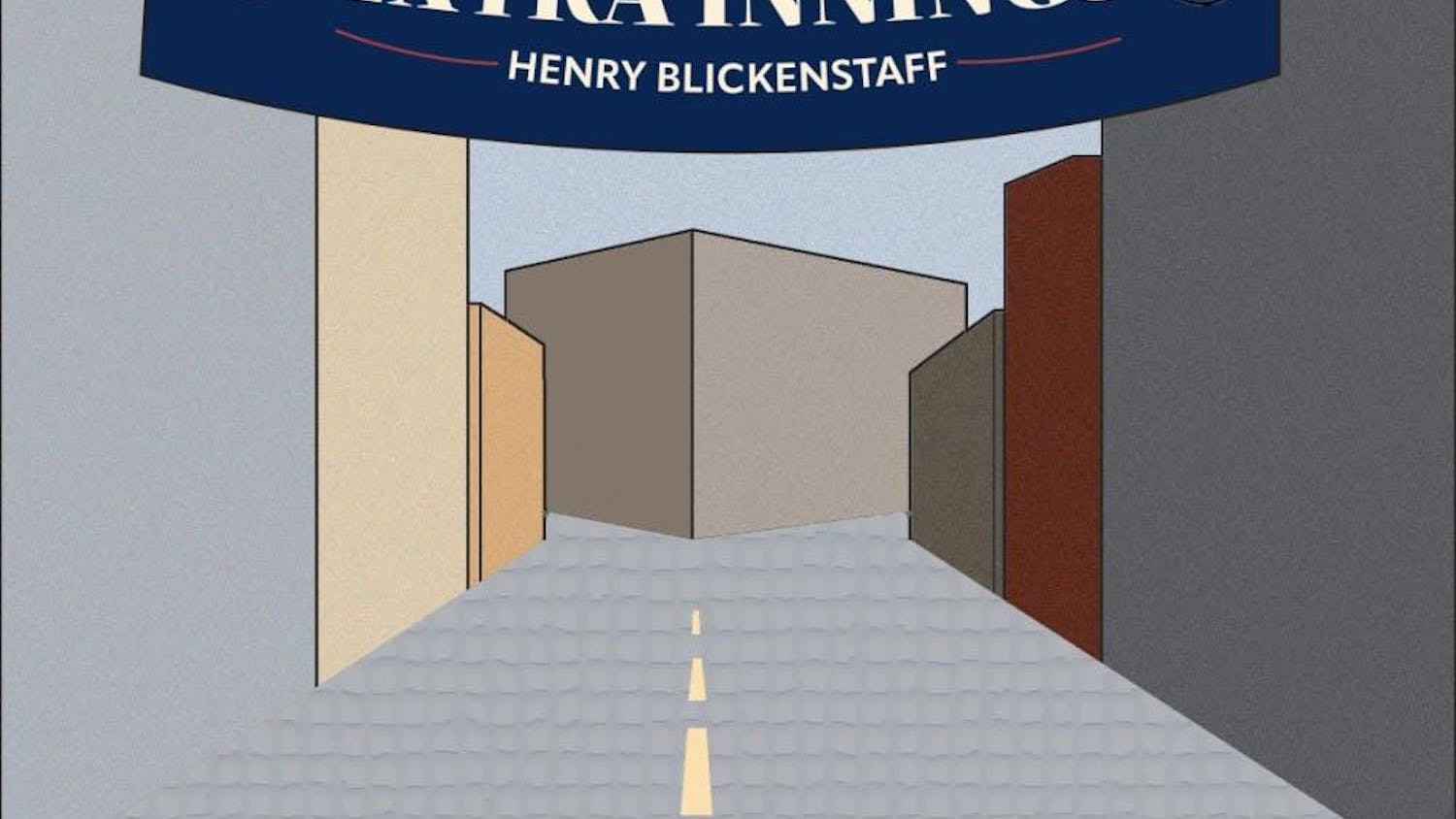On Monday, Feb. 1,former Army Green Beret Nate Boyer spoke with The Fletcher School in a virtual event hosted by the Fletcher Armed Forces Club, the Fletcher International Security Studies Program and the Jonathan M. Tisch College of Civic Life. Boyer, also a former NFL practice squad long snapper, encouraged quarterback Colin Kaepernick to kneel, rather than sit on the bench, to protest racial injustices during the national anthem. In the now infamous saga that has left Kaepernick without an NFL job, Boyer shared his discussions with Kaepernick and the lessons Americans can take from this experience.
Prior to discussing Kaepernick, Boyer spoke to the Tufts community about his earlier years. He decided not to attend college after high school, thinking about a life in show business and pondering a career on screen. From there, he found his way to a job working as a caretaker for an autistic child and helping them with school. He went on long backpacking trips, trying to discover the world and, more importantly, himself. “I just wanted to find a sense of purpose,” he said, a sentiment shared among many on Tufts' campus.
The events of Sept. 11, 2001 made Boyer question his purpose in life even further. This question was finally answered when he came across the cover of Time Magazine, with the Darfur genocide front and center. He knew he needed to make an impact. He told the audience, “I just wanted to help.”
Boyer's lack of a college degree led to numerous rejections in his attempts to reach Sudan, but his calling was so deep that he decided to jump on a plane and go anyway. He talked his way into a refugee camp where he told one of the United Nations High Commission for Refugee workers, “I’ll figure everything out, just employ me.” His stay was a relatively short 60 days, which he described as the most transformative experience of his life. It was during this stay that he understood the nature of oppression and the power of generosity.
During Boyer's last week in Sudan, he heard American forces playing a Bob Marley song over the radio, which led to his desire to join the Green Berets. The special operations force has a motto that translates to “to free the oppressed,” and that is what Boyer set out to do.
During his time in the armed forces, Boyer was stationed all over the world. He pointed to his time serving in Afghanistan as especially rewarding. He wanted to give people in Afghanistan hope, adding that “the U.S. represents that.” He spoke about learning to set aside differences and serve alongside Afghani soldiers due to their common goals of security and safety, an experience that influenced his future actions with Kaepernick.
After completing his service, Boyer pursued a degree at the University of Texas at Austin and made it onto the football team, despite being much older than his teammates (Boyer was in his 30s). Boyer had a successful collegiate career, so much so that he received a call from Pete Carroll asking him to sign with the Seattle Seahawks practice squad. It was an opportunity he could not turn down.
Boyer recalled a time during the preseason when he heard the national anthem during a game and began to weep. He said that the emotion from his tours and all the people he lost came flooding in; his teammates Marshawn Lynch, Russel Wilson and Richard Sherman all came and hugged him, a moment he remembers vividly. It is this sentiment that is shared among many veterans when it comes to perspectives on Kaepernick’s protest — for Boyer and others, “it means something different.”
With that in mind, it should come as no surprise that Boyer was originally opposed to Kaepernick’s protesting during the anthem. However, he began to think about what Kaepernick was trying to accomplish with his protest — Boyer realized that the way Black people are often treated in the United States. is a form of oppression, and Kaepernick's constitutional right to peacefully protest was a right that Boyer himself had in fact fought for and defended while serving. “How is that not patriotic? How is that not American?” Boyer said.
Boyer ultimately wrote these thoughts down in anopen letter published in the Army Times. In the letter, he showed his duality, admitting that he would have been offended if one of his teammates sat through the national anthem at the preseason game, but knew that no part of him could understand the struggles of being Black in this country.
Boyer's letter led to his meeting with Kaepernick. Boyer said that the meeting was very cordial. “It was just like the locker room,” he said. At one point, Kaepernick asked how he could protest without offending the troops, and after a lot of thinking, Boyer ultimately came to the conclusion that kneeling would be the best way to continue the protest respectfully. He knew that the action could still offend some, but that kneeling is often seen as a sign of respect. People kneel when they pray, they kneel when they propose, players kneel when someone is injured and Boyer himself said he kneels when he visits the grave of his best friend at the Arlington National Cemetery. Kaepernick heeded Boyer's advice, and kneeling has since become a symbol of the Black Lives Matter movement and a cultural proxy for our divisions.






